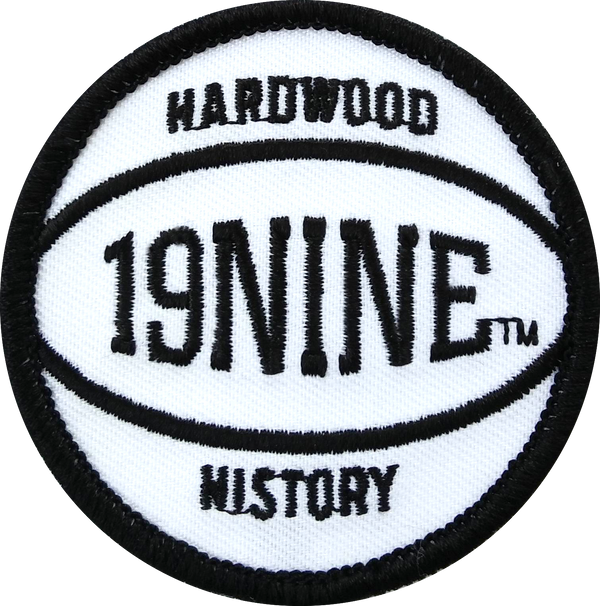How the ‘Game of the Century’ altered the future of college basketball
It’s called the Game of the Century, largely because it pitted #1 UCLA vs. #2 Houston and superstars Lew Alcindor vs. Elvin Hayes in the paint.
Houston’s hard-earned 71-69 victory over UCLA on January 20, 1968, delivered on its ballyhooed pre-game billing. Hayes scored 39 points on 17-25 shooting and knocked down two game-clinching free throws with 28 seconds remaining to lead the Cougars, whose victory ended UCLA’s 47-game winning streak.
Legendary broadcaster Dick Enberg once labeled the game at Houston’s Astrodome “the most important game [he] ever called.” He remembered fans trying to storm the court and leaping over trenches dug for media to do so. Enberg likened it to “the return of the Alamo.”
In retrospect, though, the Game of the Century is so much more than a fantastic game between two high-quality teams. It’s the game that changed basketball for the next century.
It brought college basketball’s regular season to prime time.
The UCLA-Houston battle was the first nationally televised regular-season college basketball game broadcast in prime time from coast to coast. TV executive Eddie Einhorn, the future president of the Chicago White Sox, spearheaded the Saturday evening event, which was broadcast on 120 stations around the U.S. It set the stage for what college basketball fans have enjoyed over the last 40-plus years – regular college hoops matchups on television, and not just in March.
“It was unusual; it was brand new, and that showed there was an interest in college basketball nationally,” veteran sportswriter Ron Rapoport said of the Houston-UCLA broadcast.
The following year, NBC signed on to televise the NCAA Tournament nationally, pushing college hoops beyond its traditional regional telecasts.
The Game of the Century also encouraged many big-time programs to schedule competitive non- conference matchups, often with an eye on television. As a result, we now get games such as Kansas vs. Kentucky in mid-season and events like the Big Ten/ACC Challenge.
It pushed the boundaries of where games could be played.
The Game of the Century challenged conventional thinking around where college basketball games could be played. Widely regarded as the first college basketball game played in a domed stadium, more than 52,000 fans watched the Bruins and Cougars clash at the Astrodome – the floor set down in the middle of the “Eighth Wonder of the World” and about 100 feet from any fans.
The reported attendance of 52,693 set a new mark for the largest crowd to see a basketball game “anywhere in the world … ever!” the stadium’s signage noted. (That figure, however, pales in comparison to the current NCAA regular-season attendance mark of 78,129 set when Kentucky topped Michigan State at Detroit’s Ford Field in 2003.)
Today, domed stadiums regularly host Final Fours, while the college game has ventured into other venues, from aircraft carriers to military bases.
It elevated the money involved in college hoops.
Both UCLA and Houston reportedly received $125,000 for participating in the made-for-TV spectacle, a rematch of the previous year’s national semifinal. While $125,000 might not seem like much, it was nearly four times the payout of the NCAA Tournament that March.
As the story goes, the first half was so entertaining that advertisers started calling Einhorn to buy additional 30-second commercial spots during the second half.
“The UCLA-Houston game kind of fast-forwarded college basketball by at least 10 years and consequently created a lot more revenue,” UCLA economics researcher Lee Ohanian told the Los Angeles Daily News in 2018.
Just how much revenue? Consider this: In 2016, CBS and Turner extended their rights to broadcast March Madness through 2032 by inking an eight-year, $8.8 billion deal with the NCAA.
--The Chucker

